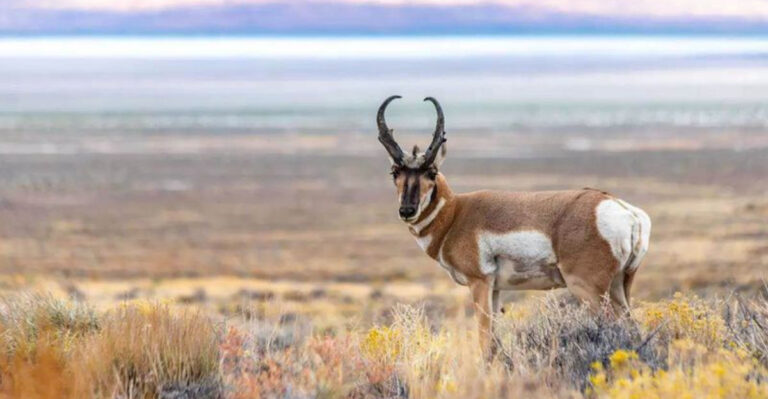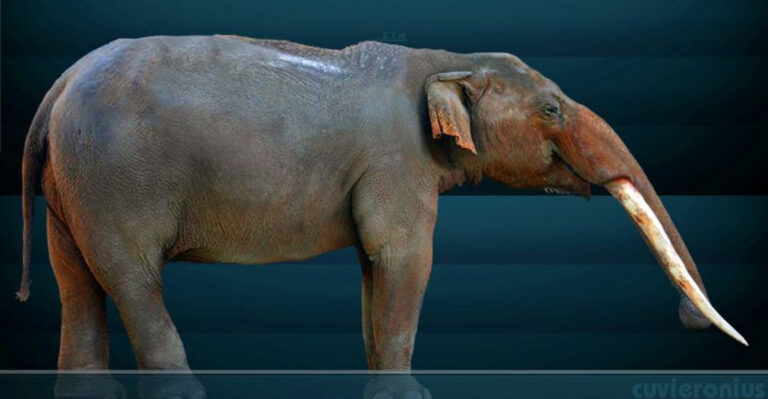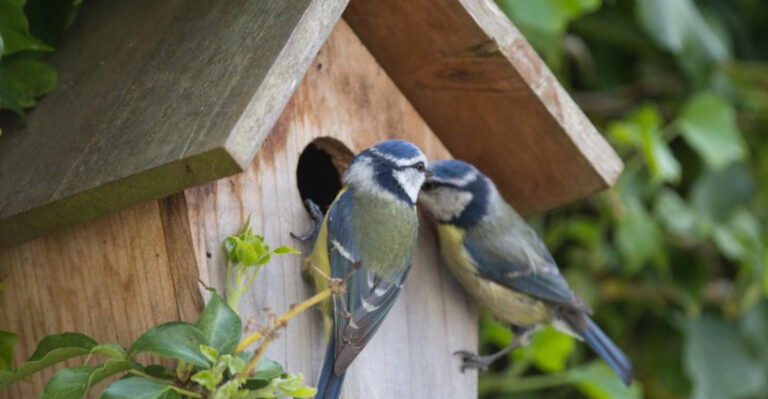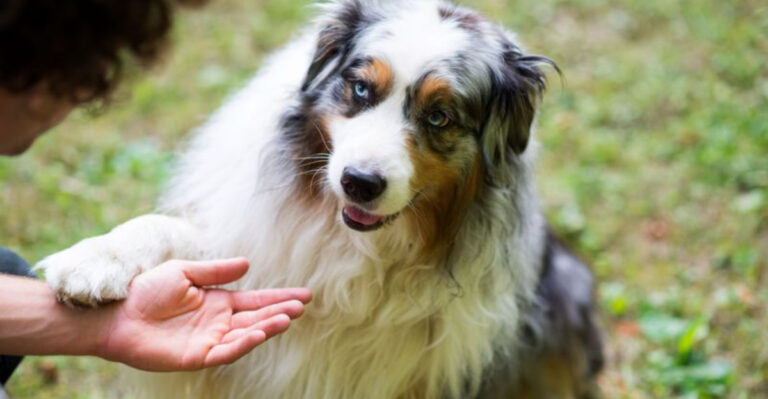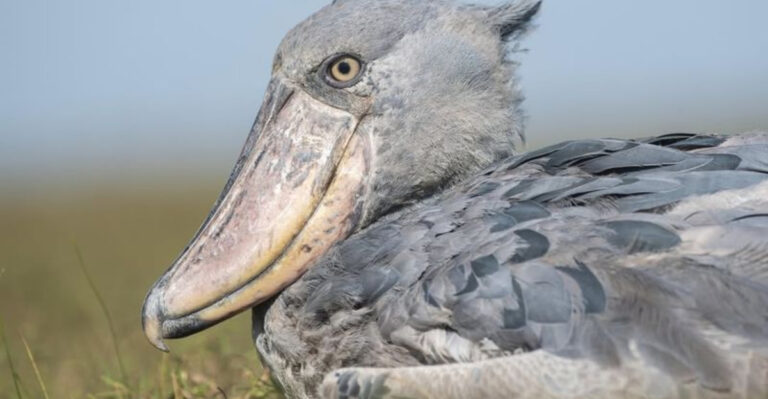River Otters Are Back In U.S. Waters, Here’s What You Need To Know

River otters are making an impressive comeback across American waterways after decades of decline. These playful, sleek mammals were once threatened by pollution, habitat loss, and over-trapping, but conservation efforts have helped their populations rebound in many states.
Their return signals healthier ecosystems and offers wildlife enthusiasts a chance to witness these charismatic animals in their natural habitats.
1. Playful Water Acrobats

River otters are nature’s most joyful swimmers, often seen doing belly slides down muddy banks or performing underwater somersaults. They can swim at speeds up to 8 miles per hour and hold their breath for up to 8 minutes!
These aquatic gymnasts use play not just for fun but as training for hunting and survival skills. Young otters especially engage in playtime to develop coordination and strength.
2. Conservation Success Story
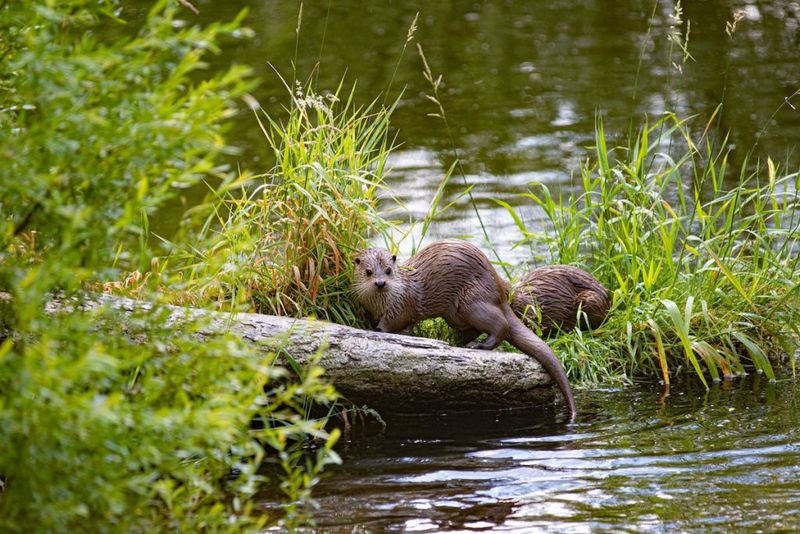
Once vanishing from many states due to fur trapping and water pollution, river otters represent one of America’s most successful wildlife recoveries. Reintroduction programs starting in the 1970s have brought these animals back to 22 states where they had disappeared.
Clean water legislation played a huge role too. When rivers got cleaner, otter populations naturally expanded their territories, reclaiming waterways they hadn’t inhabited for generations.
3. Ecological Barometers
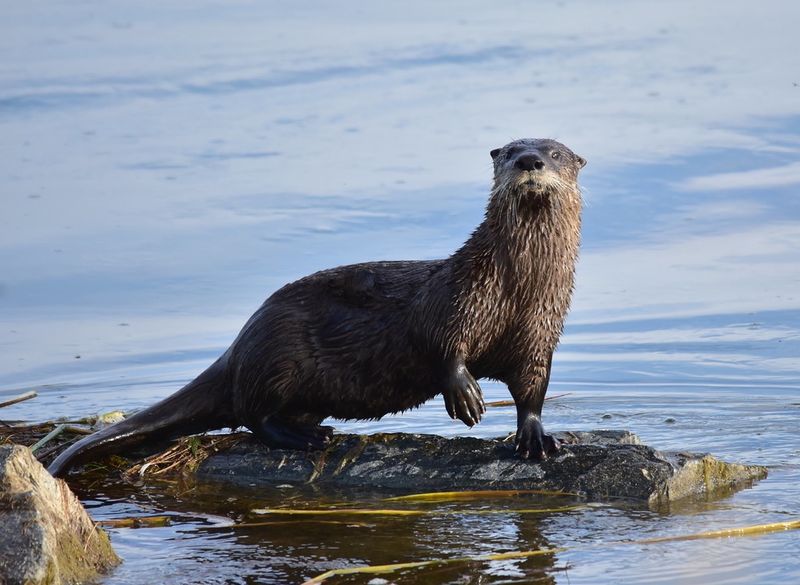
Scientists call river otters “indicator species” because their presence tells us a lot about water quality. Since they sit at the top of the aquatic food chain, they need clean water and abundant fish to thrive.
When otters return to a waterway, it’s like nature giving that ecosystem a gold star! Their comeback indicates reduced pollution levels and healthier fish populations. That’s why biologists get excited when otters reappear in previously degraded habitats.
4. Not Your Ocean Otters
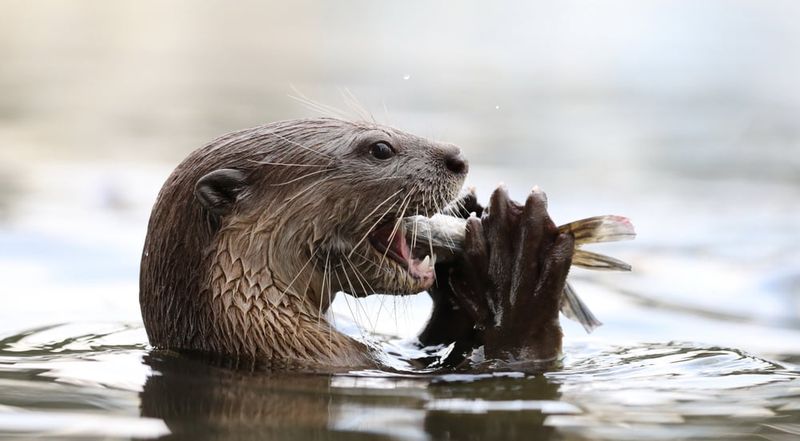
Many people confuse river otters with their ocean-dwelling cousins, but they’re quite different! River otters are smaller (20-30 pounds) compared to sea otters (50-100 pounds) and don’t float on their backs to eat.
River otters come ashore frequently and can travel miles over land between waterways. They’re also solitary or live in small family groups, unlike sea otters that form larger rafts. And unlike sea otters, river otters don’t use tools to crack open shellfish!
5. Family Matters
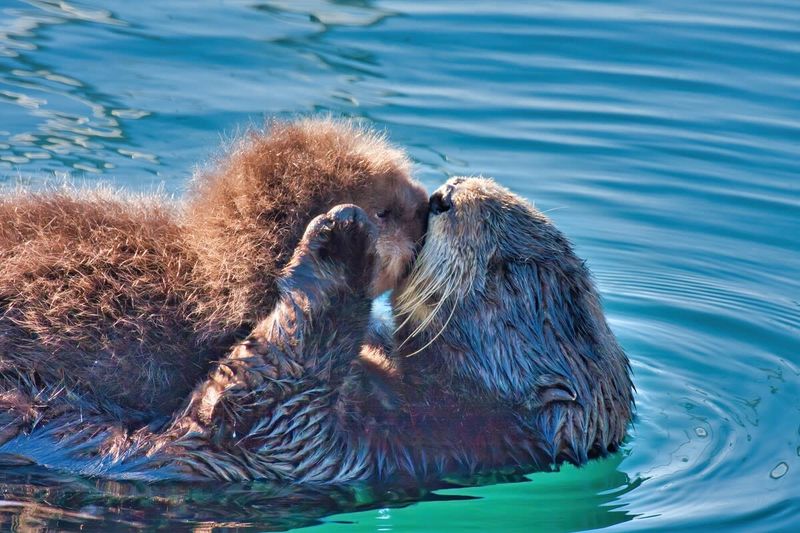
Female otters (called sows) raise their babies (pups) with incredible dedication. A typical litter includes 2-4 pups born in underground dens called holts, usually located near water.
Baby otters can’t swim at birth! Mom teaches them this essential skill around 2 months of age, sometimes literally pushing reluctant pups into the water for swimming lessons. Young otters typically stay with mom for about a year before heading off on their own adventures.
6. Supercharged Metabolism

River otters are eating machines! Their high-energy lifestyle demands consuming 15-20% of their body weight daily. For a 20-pound otter, that’s like a human eating 30 hamburgers every day.
Their diet consists mainly of fish, but they’re opportunistic eaters. Crayfish, frogs, turtles, and even small mammals might end up on the menu. An otter’s metabolism runs so hot that they need all this food just to maintain body temperature in cold water.
7. Built-In Scuba Gear
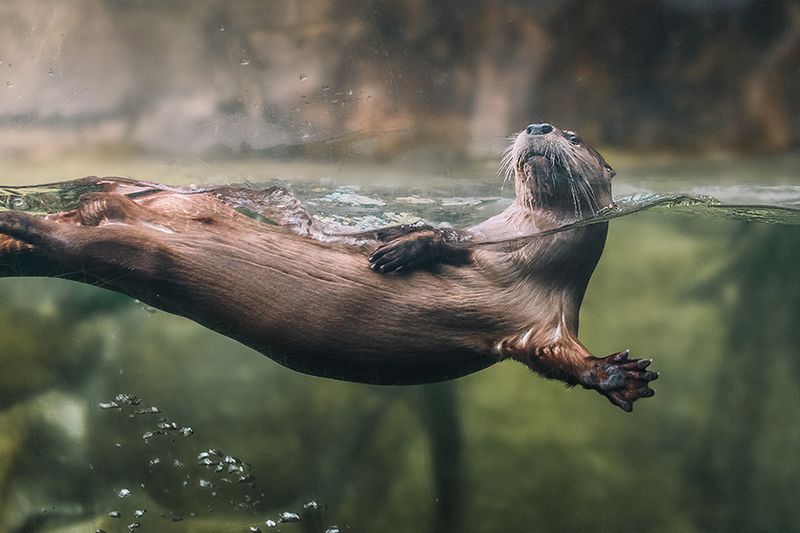
River otters possess amazing underwater adaptations! Their nostrils and ears close when diving, while special membranes protect their eyes underwater. Dense fur—about 350,000 hairs per square inch—keeps them insulated and dry.
Their powerful tails serve as rudders and propulsion underwater. Even more impressive, otters can slow their heart rate while diving to conserve oxygen. These natural scuba abilities let them hunt effectively beneath the surface, outswimming most fish.
8. Waterfront Real Estate Developers
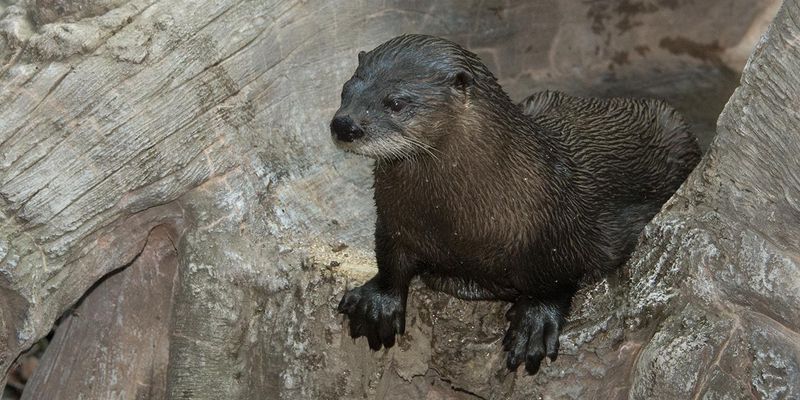
Otters create multiple dens throughout their territory, some for sleeping and others as “bathrooms” called latrines. Their main homes feature underwater entrances leading to dry chambers above the waterline.
They often renovate existing structures rather than building from scratch. Abandoned beaver lodges, hollow logs, or spaces under tree roots become luxury otter accommodations with a few modifications. Some dens have multiple entrances, providing quick escape routes from predators.
9. Social Networkers
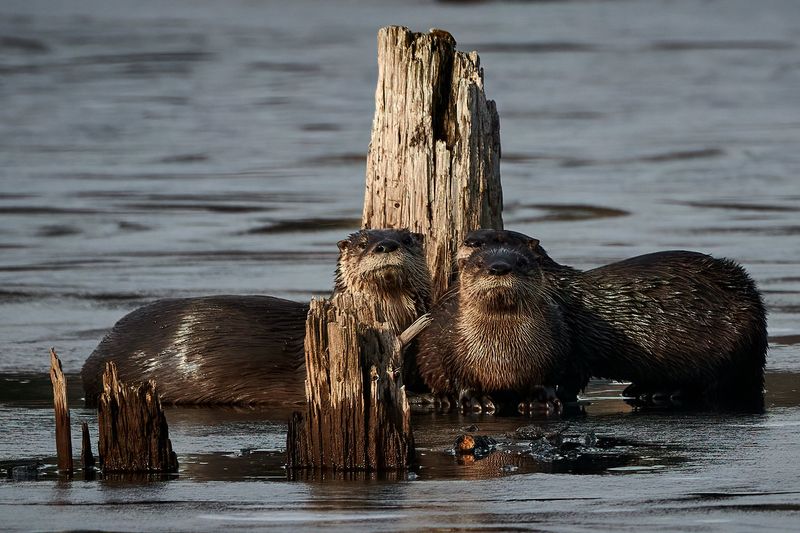
Despite their reputation for being solitary, river otters maintain complex social connections. They leave “messages” for other otters through scent marking at communal latrines, creating a smelly social network.
Males sometimes form bachelor groups of 3-4 individuals that hunt and travel together. During mating season, their social dynamics shift dramatically. These sophisticated communication systems help otters maintain territories and find mates across wide-ranging habitats.
10. Urban Adaptability
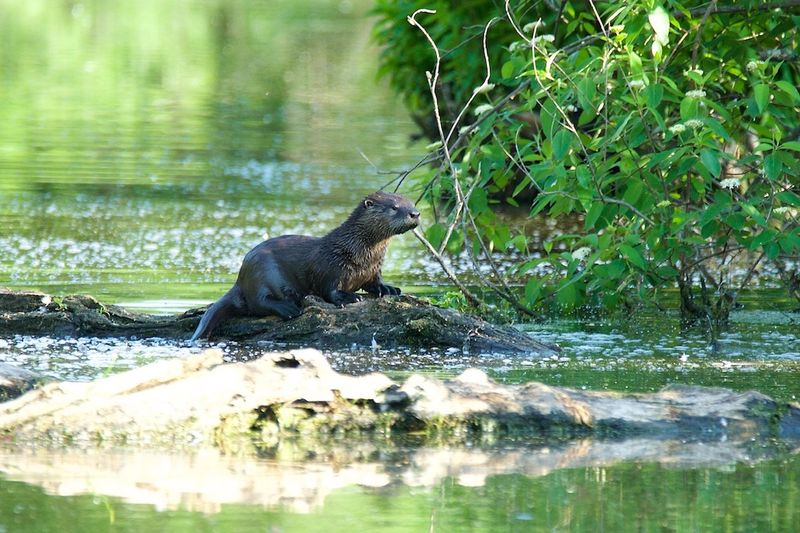
River otters are increasingly appearing in suburban and urban waterways as populations expand. Residents of cities like Portland, Seattle, and Washington DC sometimes spot these adaptable mammals in local rivers and streams.
This urban resilience surprises many wildlife experts. Otters can thrive near humans if water quality remains good and shoreline habitat provides cover. Some city park departments now include otter-friendly features when restoring urban waterways, creating wildlife corridors through developed areas.
11. Year-Round Residents
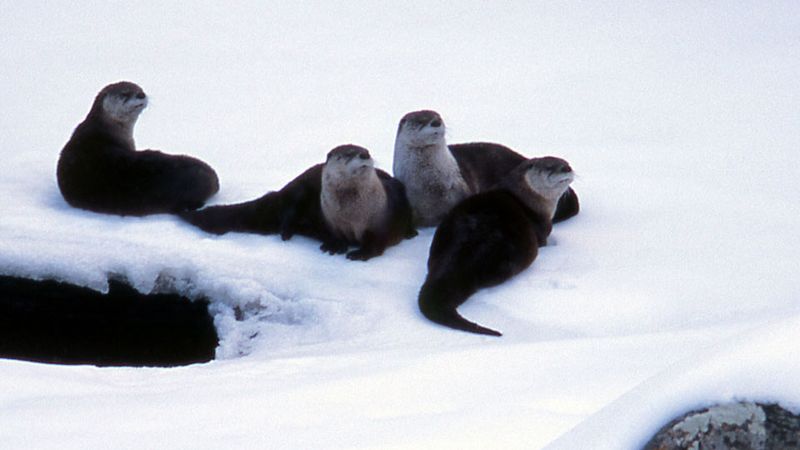
Unlike many mammals, river otters don’t hibernate! They remain active throughout winter, even swimming under ice. Their dense fur provides incredible insulation against freezing temperatures.
Winter actually offers some advantages for otters. They can more easily surprise fish that become sluggish in cold water. Otters create breathing holes in frozen ponds and maintain ice-free pathways to their dens. Their playful sliding behavior isn’t just for fun—it’s also an efficient way to travel across snowy landscapes.
12. Chatty Communicators
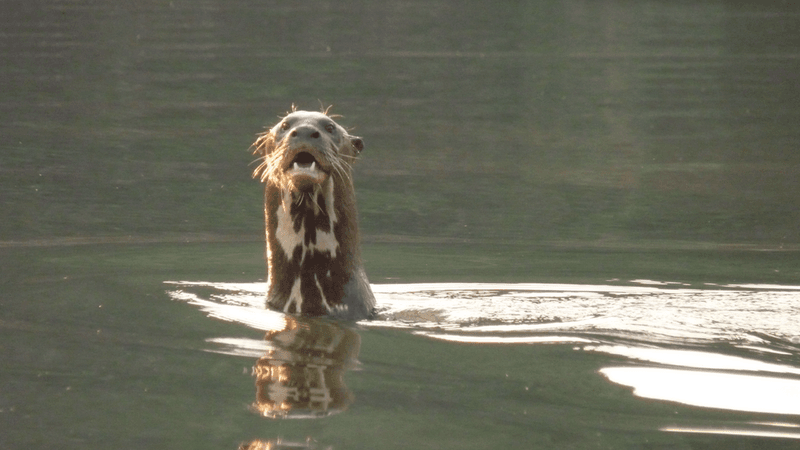
River otters are surprisingly vocal animals with a vocabulary of at least 12 different sounds! Their repertoire includes chirps, chuckles, growls, and high-pitched whistles that help coordinate group activities.
Mother otters are especially talkative with their pups, using gentle cooing sounds to reassure them during swimming lessons. When alarmed, they emit sharp, piercing whistles to warn family members of danger. Their underwater vocalizations remain largely unstudied but likely play a role in hunting coordination.
13. Watching Without Disturbing

Spotting river otters requires patience and respect for wildlife. Dawn and dusk offer the best viewing opportunities when otters are most active. Look for V-shaped ripples on water surfaces—a telltale sign of swimming otters.
Maintain at least 100 feet distance and use binoculars for close-up views. Never approach otter dens or latrines. Responsible wildlife watching ensures these animals remain wild and unafraid of humans. Many wildlife refuges now offer otter-watching platforms that minimize disturbance.
14. Ongoing Challenges
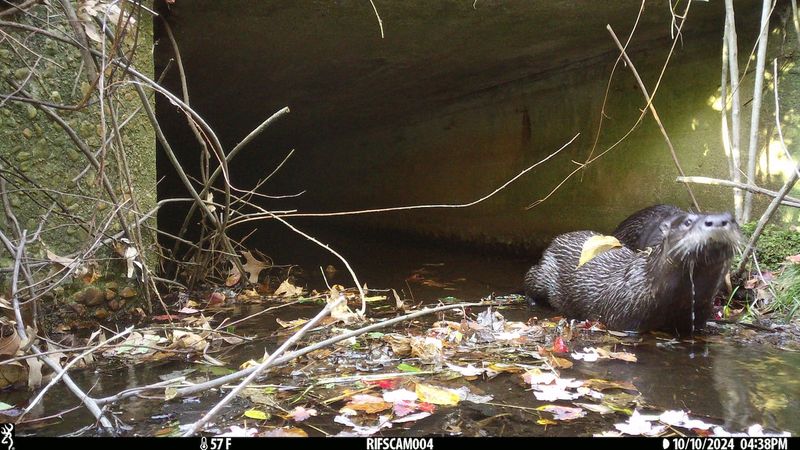
Despite their comeback, river otters still face threats. Road mortality has become a leading cause of death as otters cross highways between waterways. Chemical runoff from agriculture and microplastics in waterways may affect their reproductive success.
Climate change presents new challenges through altered stream flows and water temperatures. Conservation efforts now focus on habitat connectivity—creating safe passages between waterways so otter populations can mix genetically. Citizen science programs help track otter populations through reported sightings.

